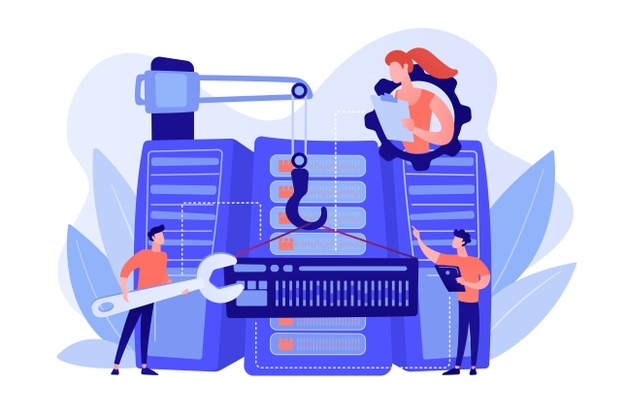Posted inProfessional Ethics & Human Values
MOTIVES FOR PROFESSIONALISM
• A desire for interesting and challenging work and the pleasure in the act of changing the world. • The joy of creative efforts. Where a scientist’s interest is in discovering new technology, engineers interest is derived from creatively solving practical problems. • The engineer shares the scientist’s job in understanding the laws and riddles of the universe. • The sheer magnitude of the nature – oceans, rivers, mountains and prairies – leads engineers to build engineering marvels like ships, bridges, tunnels, etc., which appeal to human passion. • The pleasure of being in the presence of machines generating a comforting and absorbing sense of a manageable, controlled and ordered world. • Strong sense of helping, of directing efforts towards easing the lot of one’s fellows. The main pleasure of the engineer will always be to contribute to the well-being of his fellow-men.
